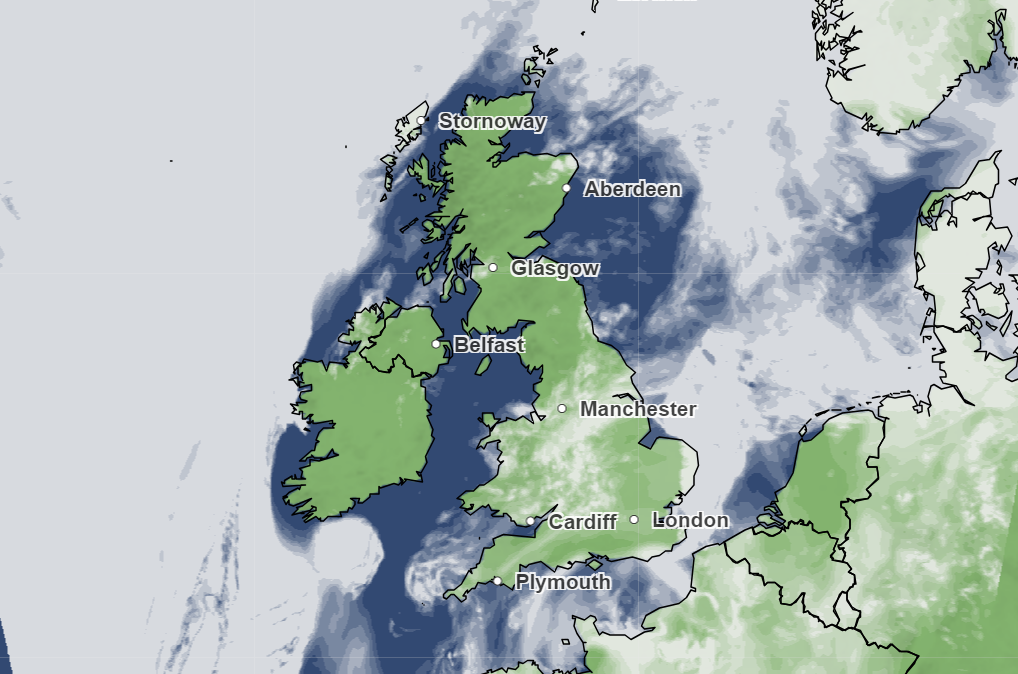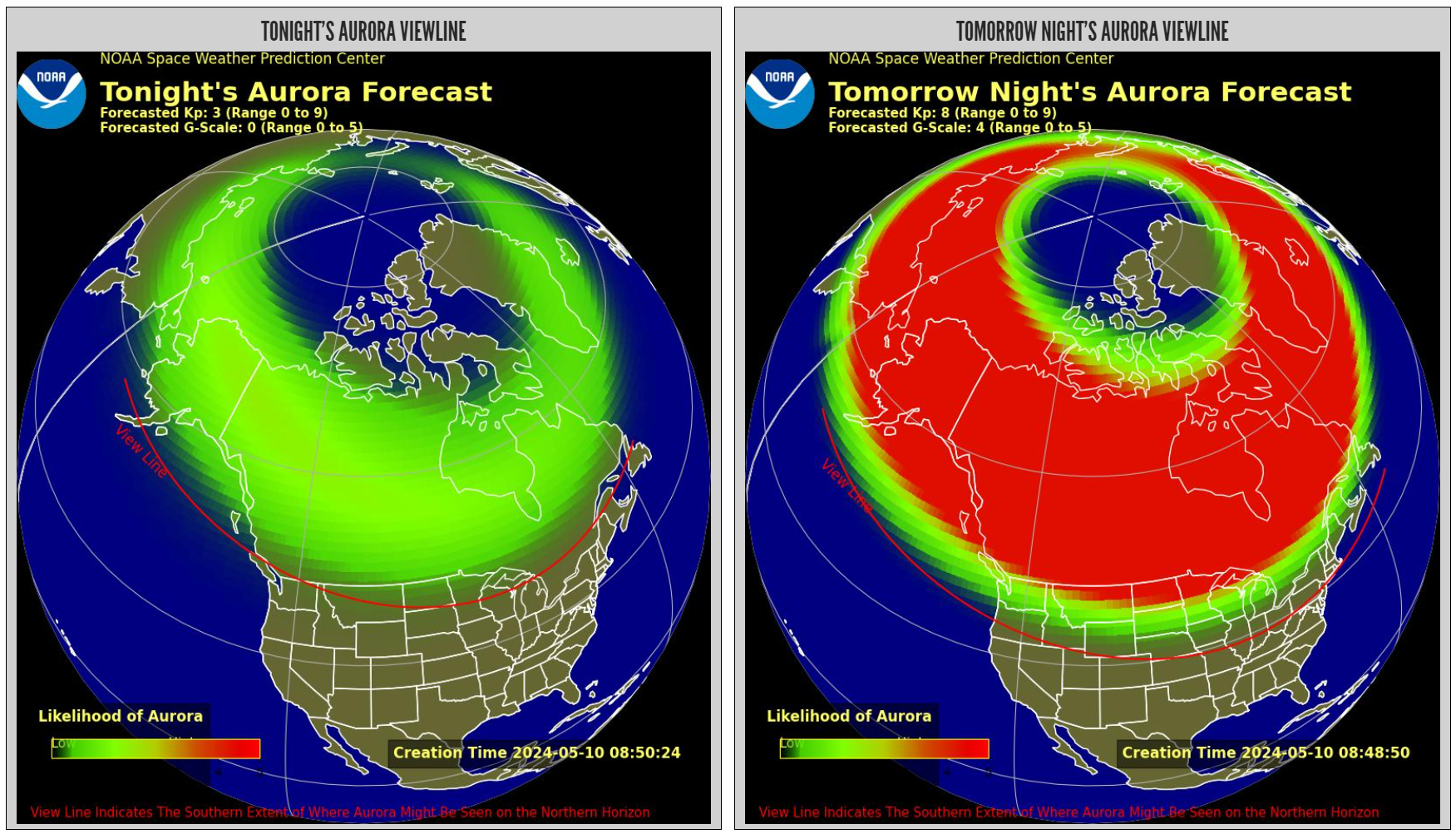Severe solar storm to bring Northern Lights to UK this weekend
‘Very rare’ event means auroras could be visible throughout the country, but may also lead to blackouts, Met Office warns
Your support helps us to tell the story
This election is still a dead heat, according to most polls. In a fight with such wafer-thin margins, we need reporters on the ground talking to the people Trump and Harris are courting. Your support allows us to keep sending journalists to the story.
The Independent is trusted by 27 million Americans from across the entire political spectrum every month. Unlike many other quality news outlets, we choose not to lock you out of our reporting and analysis with paywalls. But quality journalism must still be paid for.
Help us keep bring these critical stories to light. Your support makes all the difference.
A rare and intense solar storm will present one of the best opportunities of the year to see the aurora borealis in the Northern Hemisphere this weekend, agencies have forecast.
The Northern Lights will be visible on Friday and Saturday as far south as Liverpool in the UK, while also reaching more than a dozen US states. Depending on the intensity of the solar activity, there is a small chance that sightings will be possible throughout the UK.
The celestial event comes as a result of at least four coronal mass ejections (CMEs) from the Sun, which will see large amounts of plasma and magnetic flux emitted from our closest star.
“Where skies are clear and provided dark enough skies, sightings are expected to develop following the CME arrival across the northern half of the UK, with a chance that aurora may become visible to all parts of the UK and similar geomagnetic latitudes,” the Met Office noted in an update.
“Aurora activity may remain enhanced after this given the potential for further Earth directed CMEs in the coming days.”
The best time to view the Northern Lights is typically just after sunset or just before sunrise.

Weather across the British Isles is set to be close to ideal for viewing the auroras on Friday and Saturday, with the Met Office forecasting clear skies across most of the UK and Ireland just after sunset.
The best weather will be in Scotland and the northern parts of England and Ireland, where the aurora borealis will be most visible.
The Met Office also issued an X-ray radio blackout alert for Friday as a result of the intense solar weather, which could impact radio communications for about an hour.

In North America, the aurora borealis will cover all of Canada and stretch to several US states, including North Dakota, South Dakota, Idaho, Maine, Michigan, Minnesota, Montana, New Hampshire, New York, Vermont, Washington and Wisconsin.
Anyone further south may also get an opportunity to witness the phenomena if the skies are clear.
“The aurora does not need to be directly overhead but can be observed from as much as 1000 kilometres away when the aurora is bright and if conditions are right,”stated the US National Oceanic and Atmospheric Administration’s (NOAA) Space Weather Prediction Center, which classified the latest solar storm as a level G4, representing the second highest level.
“Several coronal mass ejections (CME) will quite likely reach Earth and lead to highly elevated geomagnetic activity,” NOAA’s forecast stated. “Watches at this level are very rare.”

Join our commenting forum
Join thought-provoking conversations, follow other Independent readers and see their replies
Comments